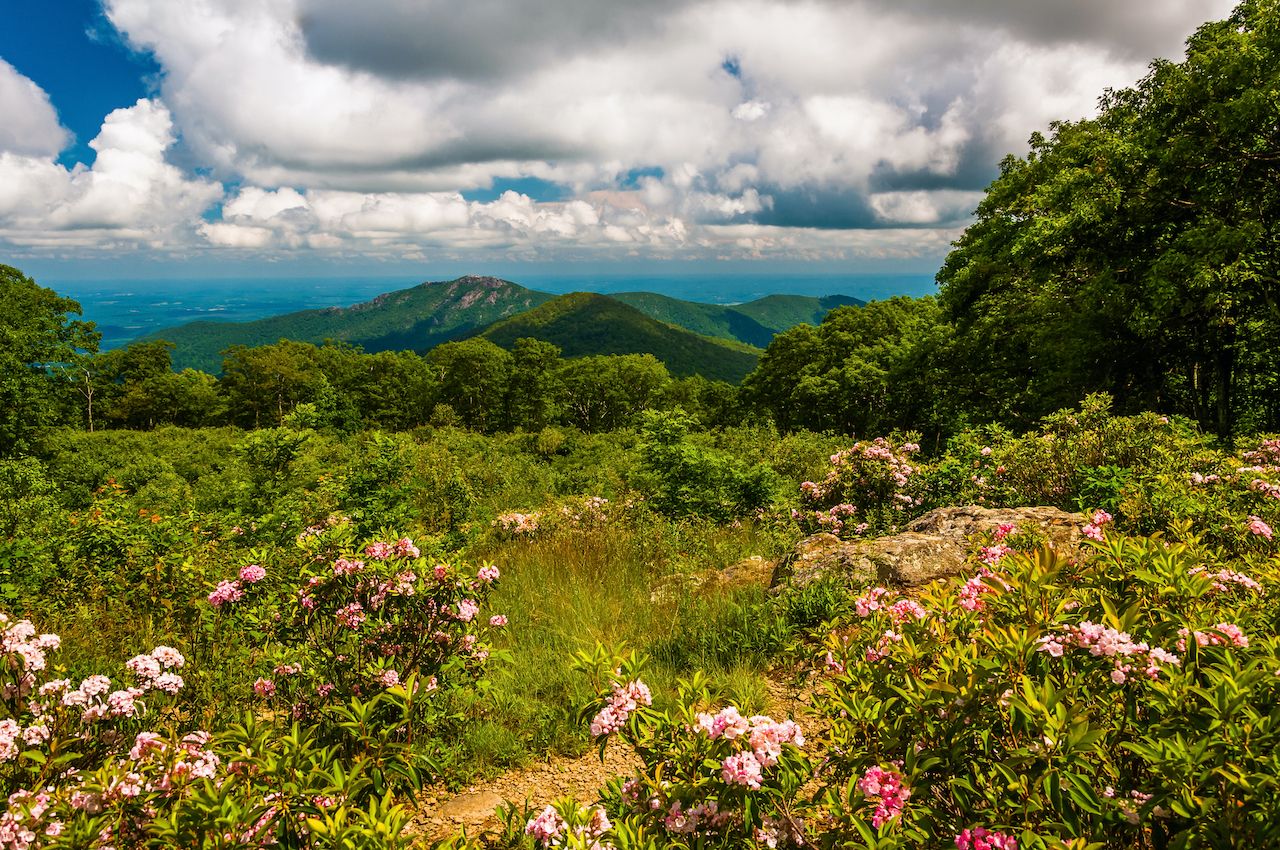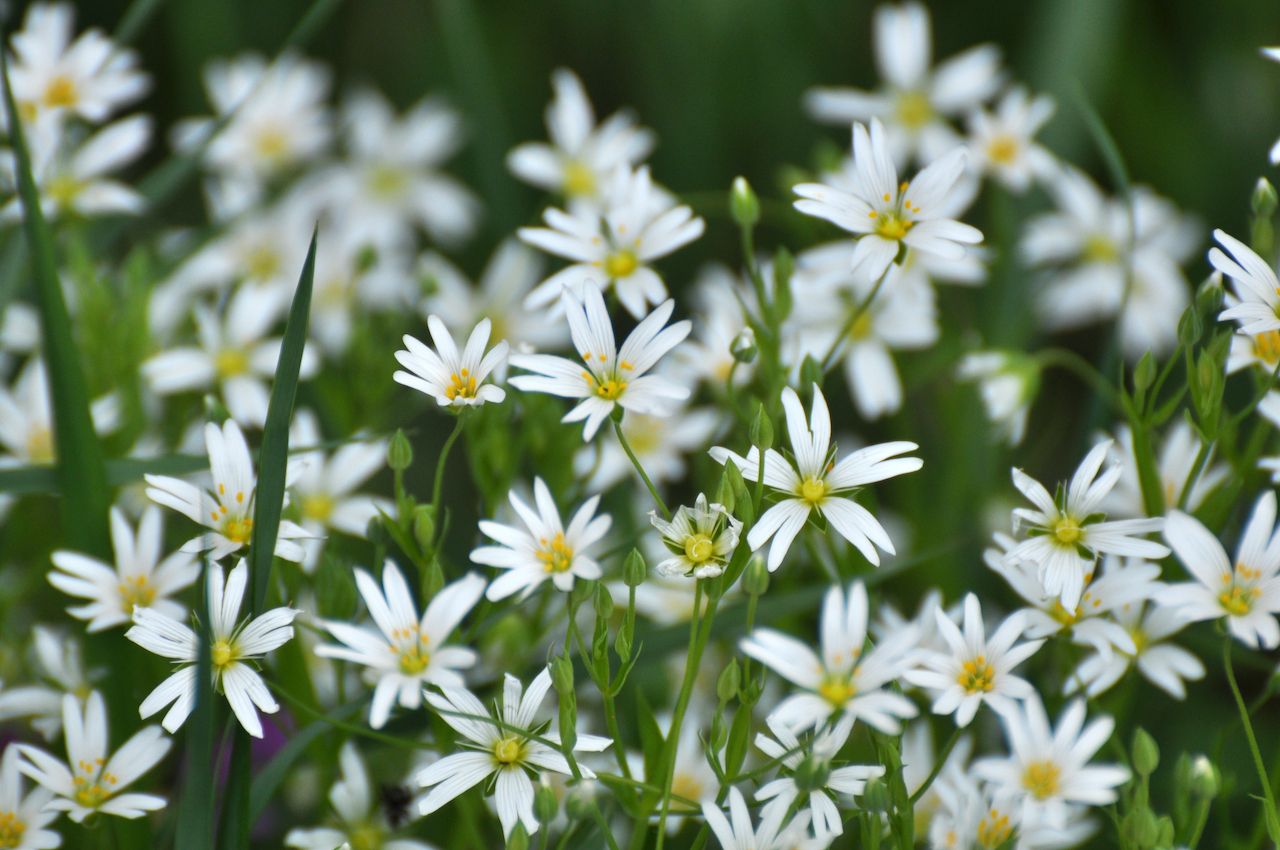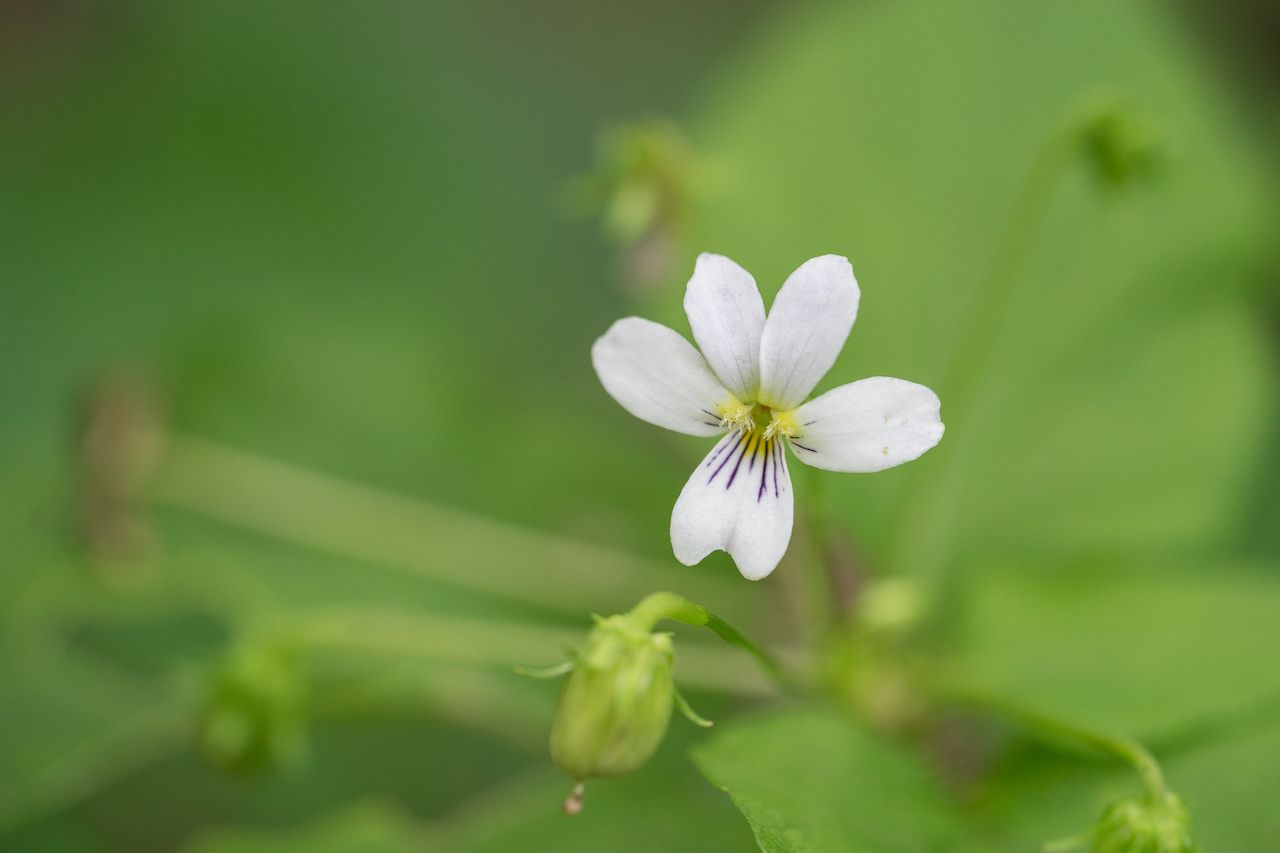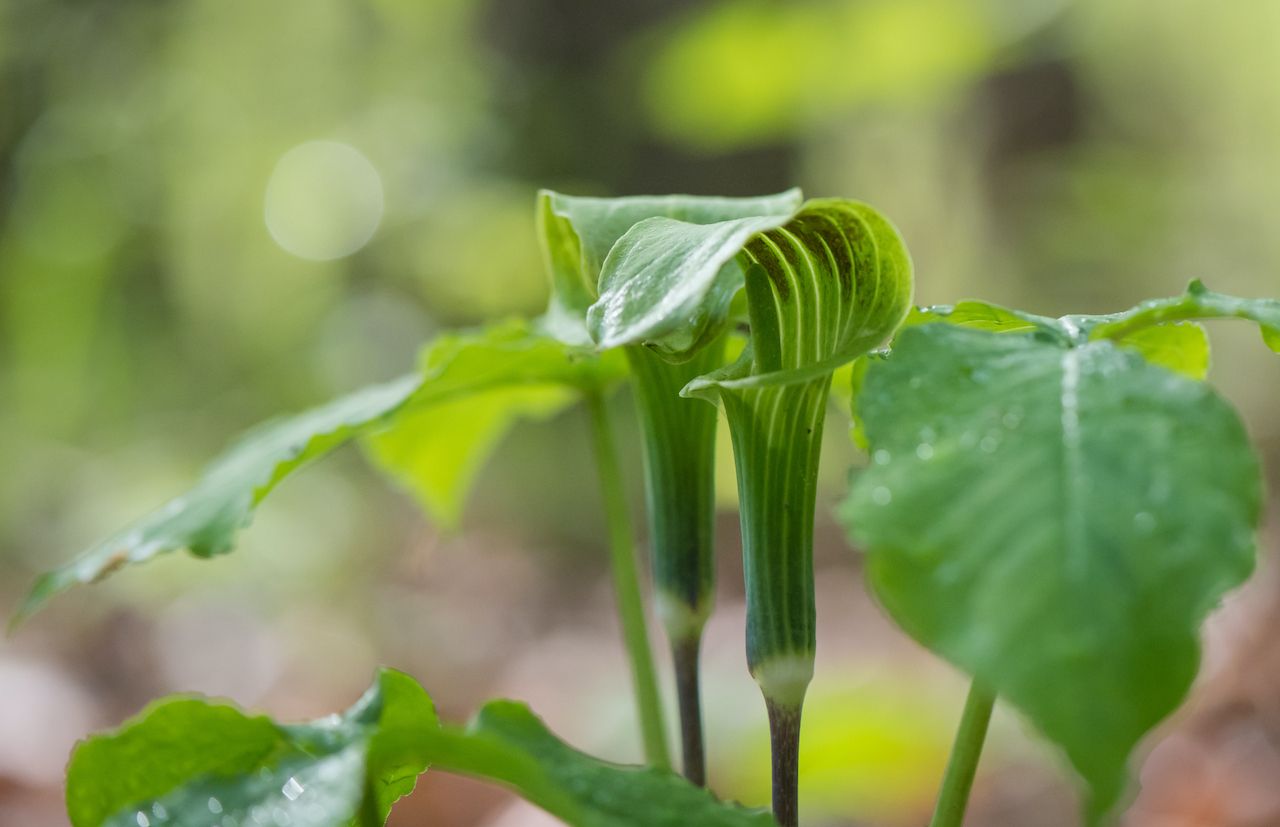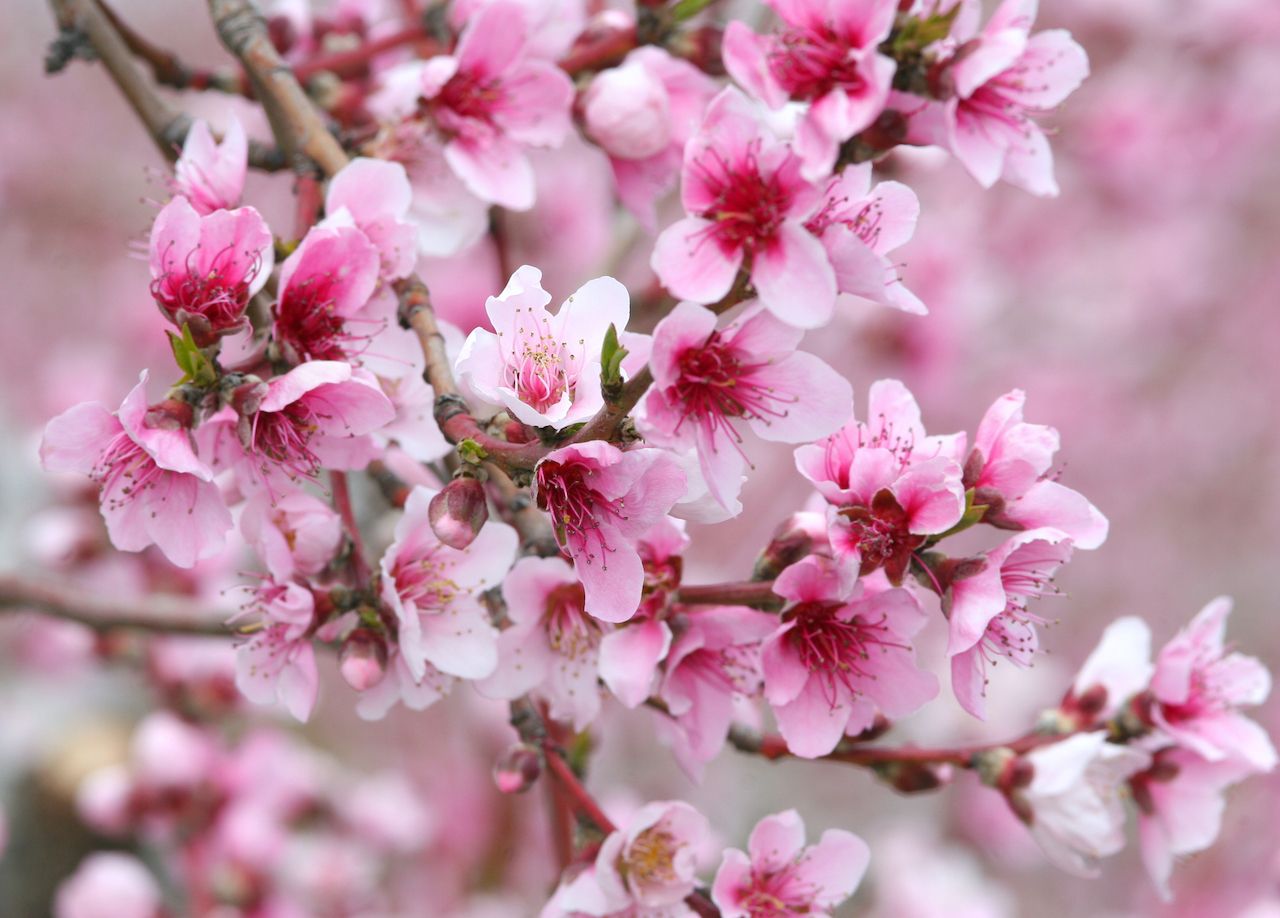The changing of the clocks every March is a sign that it’s time to welcome spring. And with that comes longer days, perfect for evening hikes and enjoying nature after work (if you’re the 9-to-5 type).
One of the more special places to embrace the change of season in the US is Shenandoah National Park in Virginia. The park is home to more than 850 species of ephemeral flowering plants, many of which are special to the state of Virginia. And the Shenandoah National Park photos that photographers share every spring make it clear it has some of the most beautiful flowers in the US.


